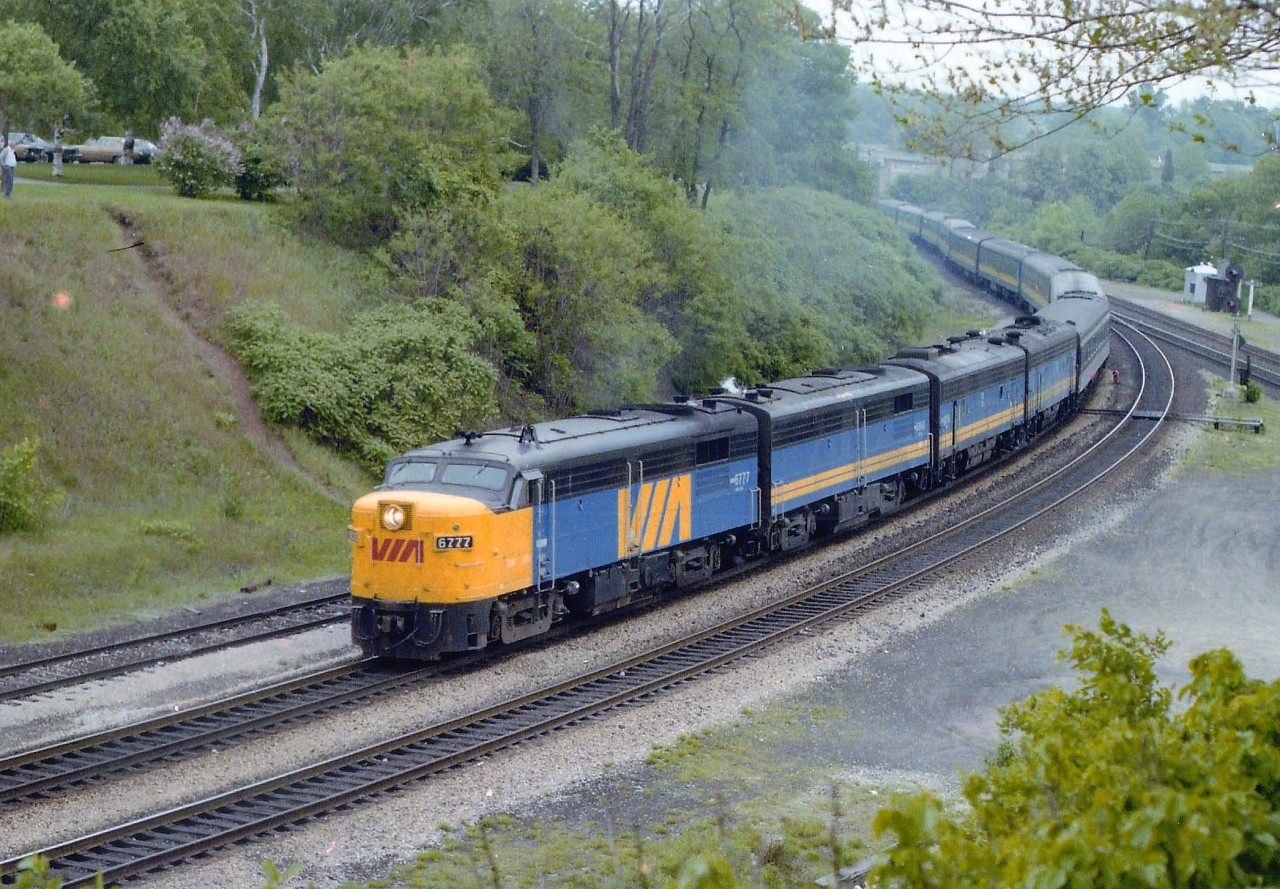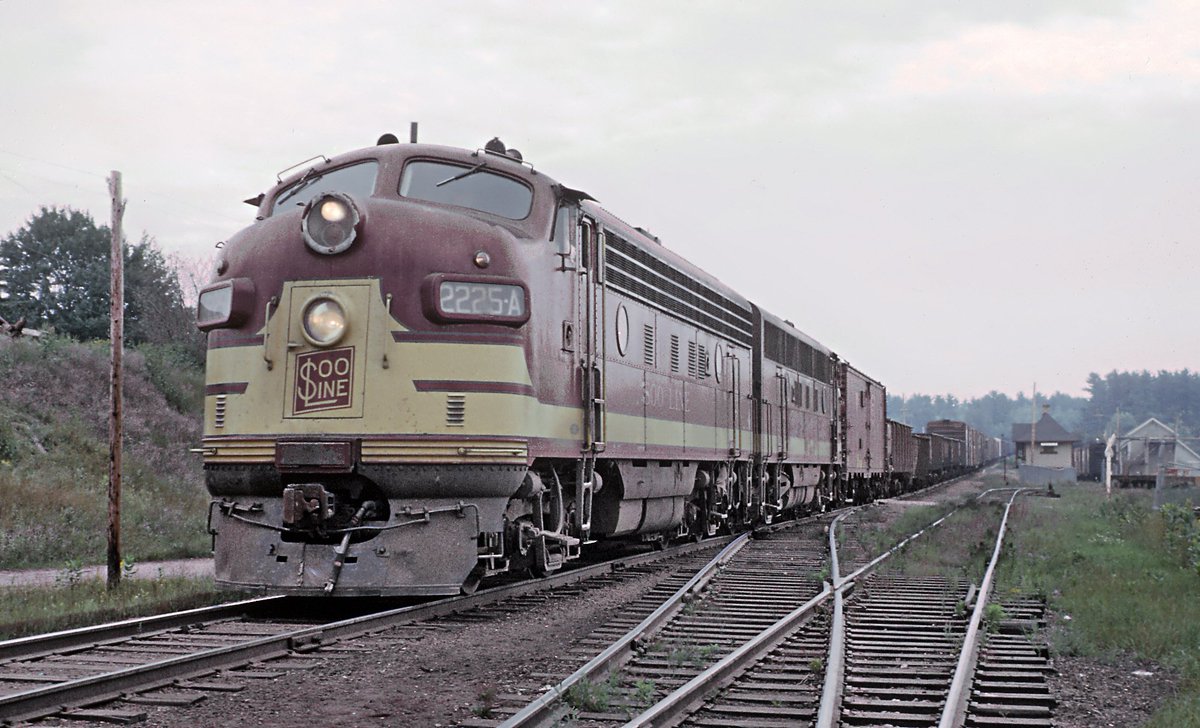

Passenger train software#
To avoid overloading both the grid and the trains, the operators limited the train’s speed and software to limit how much power gets fed back into the grid. Kramer says that when going down a hill, the train’s regenerative brakes feed energy back into the overhead grid, and there was a concern that with a train this big, the regen would blow fuses in the trains or literally melt the overhead catenary lines.

The reason for this has to do with the train’s regenerative braking.
Passenger train drivers#
The drivers solved the communications issue with field telephones from the Swiss Civil Protection.Īdditionally, the operators limited the trains to no more than 21 mph. Radios and telephones were not going to work in the tunnels. Making matters even more of a challenge was the fact that the drivers had no way of easily communicating with each other over the huge length of the train. The railway’s preparation for the record attempt involved a number of test runs the first of which was a failure because one of the drivers could not operate their emergency brake. These other operators also had control of their own emergency braking systems. This was done to prevent too much strain from being exerted on the trains and the rails. He was joined by six other train drivers and 21 technicians, each working with their section of the train to make sure that their part of the train wasn’t accelerating or decelerating too much.
Passenger train driver#
At the front of the train was train driver Andreas Kramer. The railway has been planning this for months. Rhaetian Railway decided to connect 25 of these four-unit trains together to create one 6,266-foot (about 1.2 miles or 1.91 kilometers) train. The Incredible Logistics Of Assembling And Operating A Record-Setting Train swiss-image.ch/Mayk Wendt But the important feature for Rhaetian Railway is that Stadler Rail designed the Capricorns so that they could easily be connected together and operated as one long single train, then disconnected again and operated as separate trains. Unveiled back in 2019 and entering service in late 2020, Capricorn trains measure in at 249-feet-long and consist of four units in a single consist.Īs Railway Technology writes, these trains are pretty smart, featuring low floors for ease of entry, accessibility for disabled passengers, and compartments for all kinds of gear that passengers may carry. To do this, the railway operator obtained 25 Stadler Rail Capricorn trains. Private rail operator Rhaetian Railway decided to celebrate the country’s history by organizing the longest passenger train in history. Basically, it sounds like Switzerland has been just one huge train party in 2022.Īnd it didn’t end there. Another region hosted even more of the same, but with historic buses, trams, and cars. These festivities included everything from rides on historic trains to construction sites, train maintenance, fire and rescue trains, and more. Swiss Federal Railways celebrated this history with festivals and events in different regions. Switzerland is very proud of its railway history and has been celebrating this 175-year mark all year with different festivities. A Huge Train Celebration ASSOCIATION OF PUBLIC TRANSPORT The «Aare» locomotive was demolished in 1868 and the «Limmat» in 1882. The original locomotives ran for 19 years until 1866, when they were converted into shunting tank locomotives. The first two locomotives of the “Spanish Brötli Railway” were ordered in Karlsruhe (D). The five-meter-long Schäflibach Bridge near Dietikon ZH that was required for this is today the oldest railway bridge still in operation in Switzerland. The first Swiss railway line was built in just 16 months, including bridges and stations. Those who afforded first class paid twice as much. A trip in third class cost 80 centimes (four hourly wages). The trains needed 33 minutes for the 23-kilometer route without stopping.
/cdn.vox-cdn.com/uploads/chorus_image/image/61373109/IMG_5032_iLint_A.0.jpg)
The “Spanish-Brötli-Bahn” started regular operation on Augwith four trips per day. The Switzerland Times explains what this very first rail line was like: Switzerland’s first railway, the Swiss Northern Railway (also known as the Spanish-Brötli Railway), operated the Zürich–Baden line. As the Museum of Transport notes, Swiss passenger rail transport began in 1847. This year marks 175 years since passenger rail services began in Switzerland. The train was 1.2-miles-long with 100 cars, 7 drivers, 4,550 seats, and weighing in at 3,295 tons. In celebration of the 175th anniversary of the country’s first railway, the Swiss rail industry assembled the longest passenger train in history. A railway in Switzerland is claiming a new world record for an incredibly long train that ran through the Alps.


 0 kommentar(er)
0 kommentar(er)
